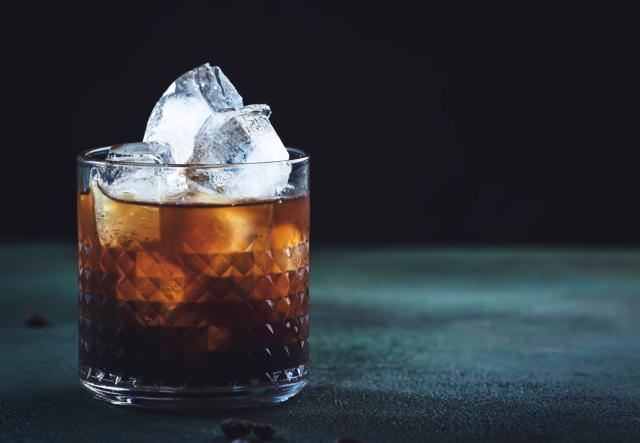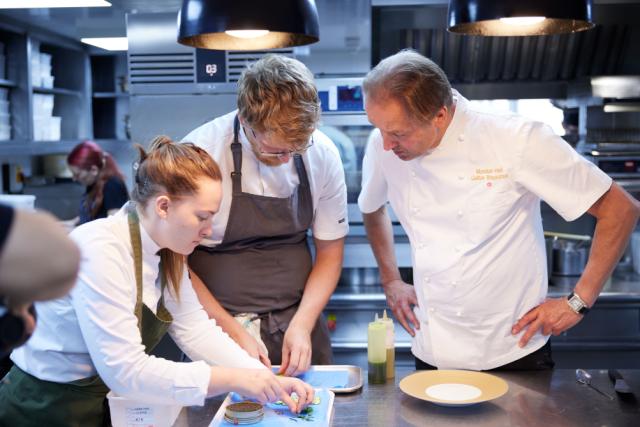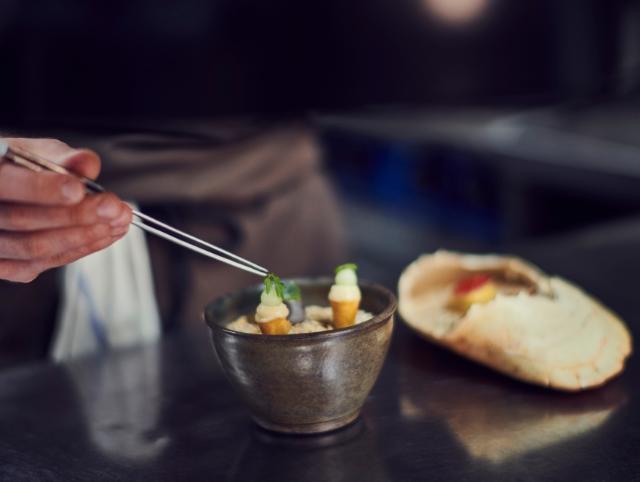
Why clean ice looks and works better
Ice is an essential ingredient for many of the drinks and cocktails you serve, but it’s often a neglected one. Good quality, crystal-clear ice is a must, not only to maximise a drink’s visual appeal, but to get the most out of its flavour.
Ice will not only keep a drink cool for your customers, it will also dilute it – which is not always a bad thing. In fact, research has shown that a little bit of water actually opens up some spirits by emphasising some aromas and masking others.
The shape and size of ice also dictates how long the ice last and how much water gets into the drinks you serve, so it’s important to understand how these factors impact its effectiveness.
Why does ice get cloudy?
First of all, let’s look at what that cloudiness you sometimes see in ice cubes actually is. It’s trapped bubbles of air, often mixed with harmless minerals. Water freezes from the outside in, so the water that’s free of minerals and impurities freezes first, pushing any sediment and air bubbles to the centre. The result is ice cube clouding.


Does clarity really make a difference?
The short answer is ‘yes’, and this is why bars and restaurants invest in ice makers to get the clearest and highest quality ice for their drinks.
The air bubbles that cause ice cubes to look cloudy mean they hold a lot of extra oxygen. That trapped air not only affects the appearance of the ice, it causes the ice to melt faster than clear ice. An ice cube containing only water molecules will maintain a low temperature for longer, melting more slowly and stopping drinks from being watered down before your customers can enjoy them.
Additionally, if you’ve ever found yourself waiting for carbonated drinks to stop fizzing only to be left with a half full glass, cloudy ice is the culprit. When a carbonated drink is poured over ice it reacts with the gas in the drink and creates extra fizz.
When it comes to ice, does size matter?
Again, yes, and again it’s all about the dilution rate.
Traditional ice cubes from a tray tend to water down drinks faster because more cubes mean more surface area and a quicker melt rate.
It therefore follows that the size and shape of ice makes a difference. Depending on the cocktail and the ingredients in it, a larger piece of ice can be a better choice and why bartenders often opt for larger ice cube or even spheres to create a better drinking experience.


What about shape?
The most common shape for drinks ice is still the cube, but spherical ice is an increasingly common sight in bars. Standard cubes work well in almost every cocktail, but it’s important to make sure they’re a consistent size so they melt consistently too.
Foster’s ice makers feature a spray system which produces crystal clear ice cubes in a patented shape that last longer in cold drinks.
You may have seen an increasing use of larger ice cubes in recent years. These are great for spirit-forward cocktails such as Manhattans and martinis because the dilution rate is slower – perfect if you’re serving a nice bourbon or whiskey.
On the other hand, some drinks benefit from the addition of crushed ice - especially tiki drinks such as a Mai Tai - because it will thin out the syrups and juices. Crushed ice can be made in two ways. If you feel in need of a workout you can put ice into a bag and crush it manually with a mallet or rolling pin. The less labour-intensive way is to use a machine such as a Foster ice flaker, which has a high output and integral storage bin.
For highball drinks such as a gin and tonic cylindrical ice is now a popular choice, but is a notoriously difficult shape to make into crystal clear ice, so if you’re looking for perfect clarity this is probably one to avoid
You may be interested in...

Ice and food safety laws
+(78).png&width=640&format=webp)
How clean is your ice maker?

Training Staff on Food Hygiene Regulations


